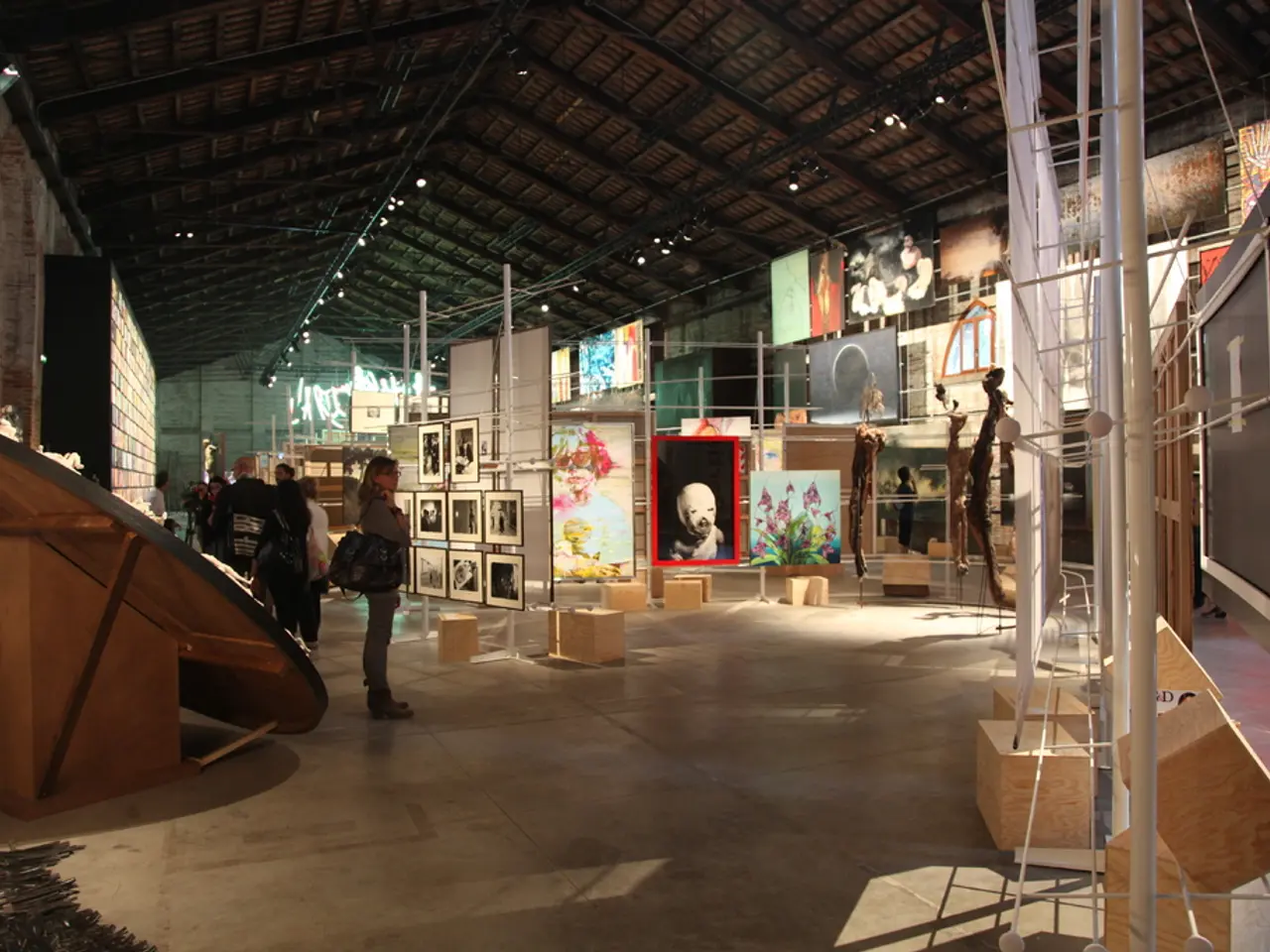Exploring the Evolution of Engaging Art Forms
Interactive art, a captivating blend of creativity and audience engagement, has a rich history that dates back to the early 20th century. Pioneers such as Marcel Duchamp and Allan Kaprow paved the way for this dynamic art form, with Duchamp's installations encouraging viewers to question their role in the artistic experience, and Kaprow's immersive "Happenings" blurring the line between art, theatre, and daily life.
The 1960s marked a more participatory turn in interactive art, with artists like Nam June Paik and Hans Haacke inviting viewers to actively engage with their installations. This trend continued into the 1980s and 1990s, with conceptual and environmental works by Christo and Jeanne-Claude and Dan Flavin creating immersive, interactive experiences that challenged perceptions and encouraged reflection.
The emergence of digital technology in the 1990s further expanded the possibilities for interactive art, allowing for more complex and dynamic interactions between the artwork and the audience. This period saw the rise of virtual reality, which revolutionised interactive art by providing a fully immersive and interactive experience for the audience.
Fast forward to the present day, and interactive art installations are increasingly using digital technology—motion sensors, augmented reality, and artificial intelligence—to create participatory experiences that change in real time based on audience input. Notable examples include Frameless, a large-scale, multi-sensory digital exhibition in London, and Twist Museum, an interactive museum offering a series of sensory, participatory installations designed to challenge visitors’ perceptions of reality.
The future of interactive art is an exciting and rapidly evolving field, full of possibilities and opportunities for artists to explore new forms of expression and connection with their audiences. Virtual reality continues to play a significant role, challenging traditional notions of space and time, while artificial intelligence is increasingly being used to create dynamic and responsive installations that can adapt to the audience's behaviour and input.
One of the key challenges in the future of interactive art is ensuring that it remains accessible and inclusive, as advancements in technology can sometimes create barriers for certain audiences. However, with the integration of biometric data and wearable technology into interactive art installations, more personalised and responsive experiences are becoming a reality.
As technology continues to advance, we can expect to see even more innovative and engaging interactive art installations that challenge our perceptions and push the boundaries of what is possible. From the immersive galleries of Frameless to the illuminated dreamcatchers of Weci | Konikatu, interactive art is a captivating and ever-evolving medium that invites audiences to actively participate in the artistic experience.
Technology and artificial intelligence are playing increasingly significant roles in the future of interactive art. Virtual reality continues to revolutionize the field, challenging traditional notions of space and time, while artificial intelligence is being used to create dynamic, responsive installations that adapt to audience behavior and input. Meanwhile, the integration of biometric data and wearable technology into interactive art promises more personalized and inclusive experiences for visitors.




